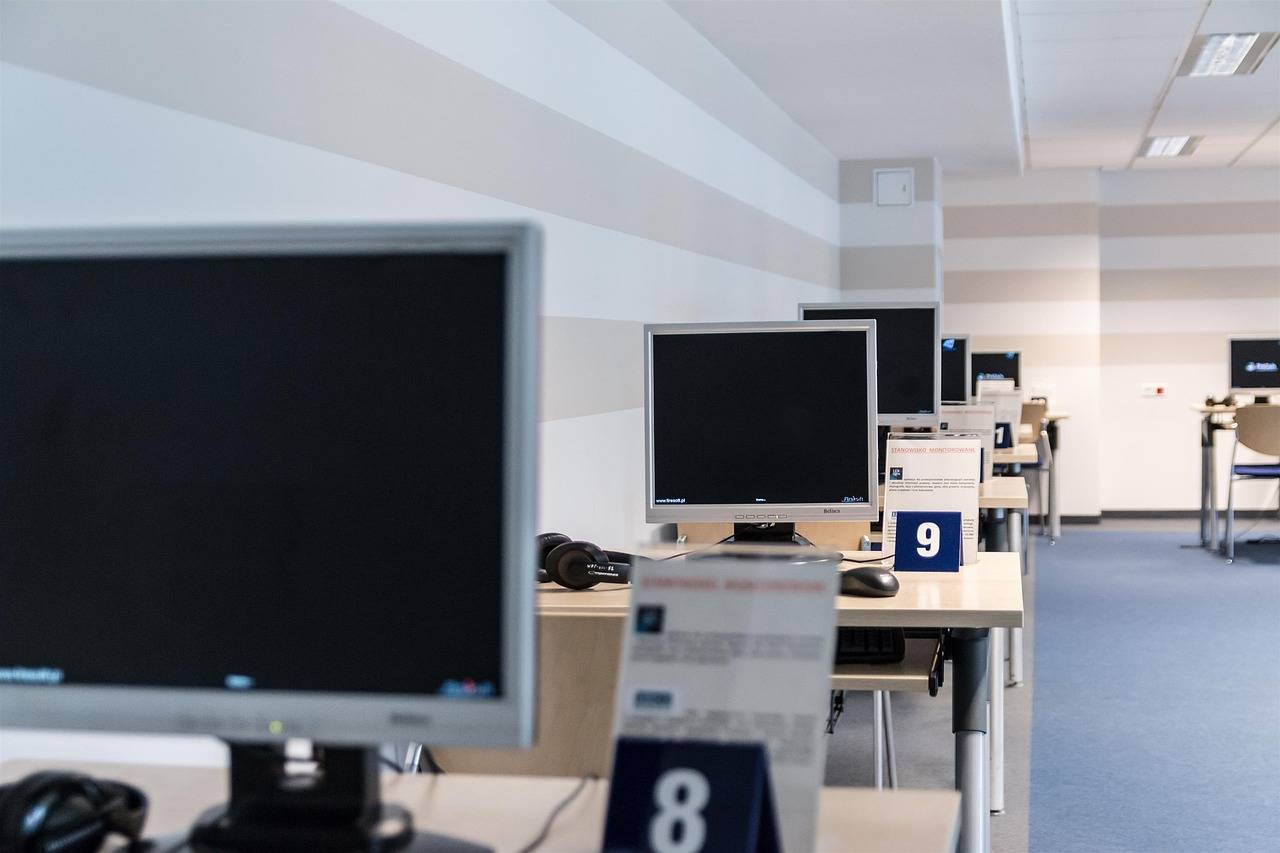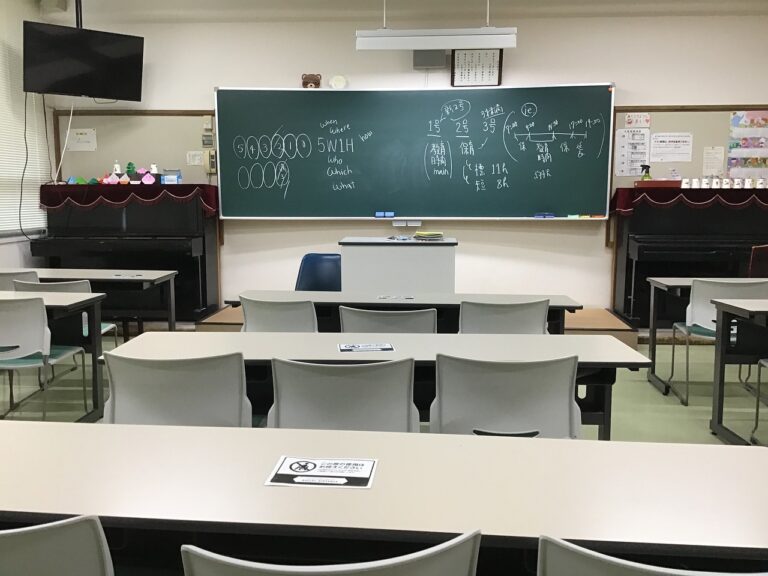Exploring Strategies for Increasing School Attendance
One effective way to identify barriers to attendance is by conducting regular check-ins with students and their families. By establishing open lines of communication, educators can gain insights into any challenges or obstacles that may be preventing students from attending school consistently. These check-ins can be done through phone calls, emails, or in-person meetings, allowing for a more personalized approach to understanding the unique circumstances of each student.
Another useful strategy is to analyze attendance data to look for patterns or trends that may indicate underlying barriers. By tracking attendance rates over time, educators can pinpoint specific days or periods when attendance tends to drop, which can offer clues about potential barriers such as transportation issues, health concerns, or family responsibilities. Additionally, reviewing the reasons provided by students or parents for absences can provide valuable information for identifying and addressing barriers to attendance.
Collaborating with Parents and Guardians
Encouraging parental involvement and collaboration can significantly impact a student’s academic success. Establishing open lines of communication between teachers and parents is crucial in fostering a supportive learning environment. Parents should feel welcomed and valued as partners in their child’s education, with regular updates on their child’s progress and any potential areas of concern.
Additionally, providing parents with resources and strategies to support their child’s learning at home can enhance the collaborative effort. By offering workshops, informational materials, and guidance on how parents can reinforce lessons outside of the classroom, educators can empower parents to play an active role in their child’s education. Ultimately, a strong partnership between teachers and parents can lead to increased student motivation, engagement, and overall achievement.
Why is it important to collaborate with parents and guardians?
Collaborating with parents and guardians is crucial for creating a supportive environment for students. It helps in understanding the needs and challenges faced by the students outside of school, which can impact their attendance and performance.
What are some common barriers to attendance that parents and guardians may face?
Some common barriers to attendance include transportation issues, health concerns, work schedules, lack of awareness about the importance of attendance, and family responsibilities.
How can educators identify barriers to attendance for individual students?
Educators can identify barriers to attendance by regularly communicating with parents and guardians, conducting home visits if necessary, and keeping track of attendance patterns and reasons for absences.
What strategies can be used to collaborate effectively with parents and guardians?
Some strategies for collaborating effectively with parents and guardians include establishing open lines of communication, involving them in decision-making processes, providing resources and support, and fostering a strong partnership based on mutual trust and respect.





